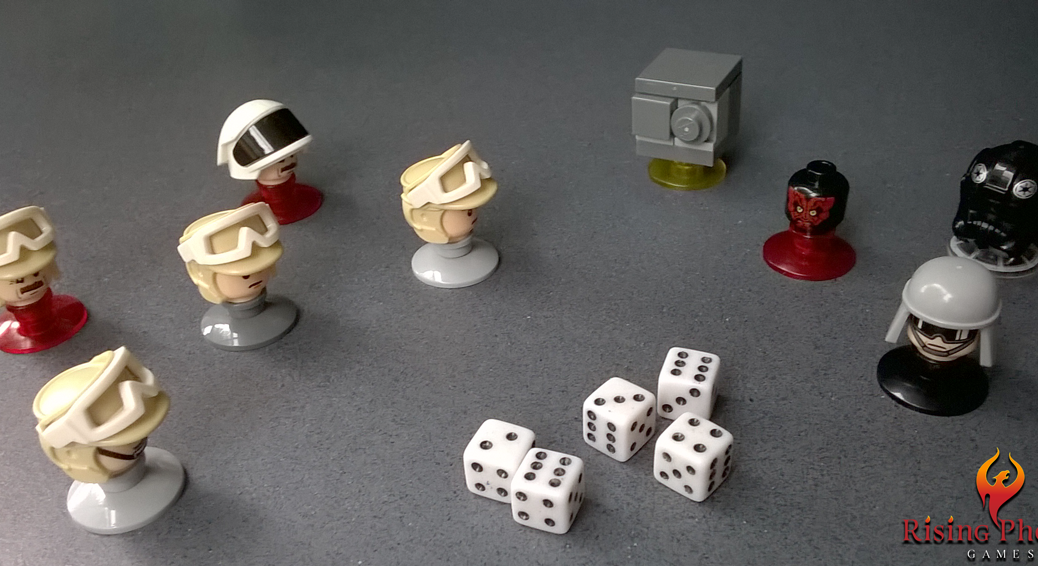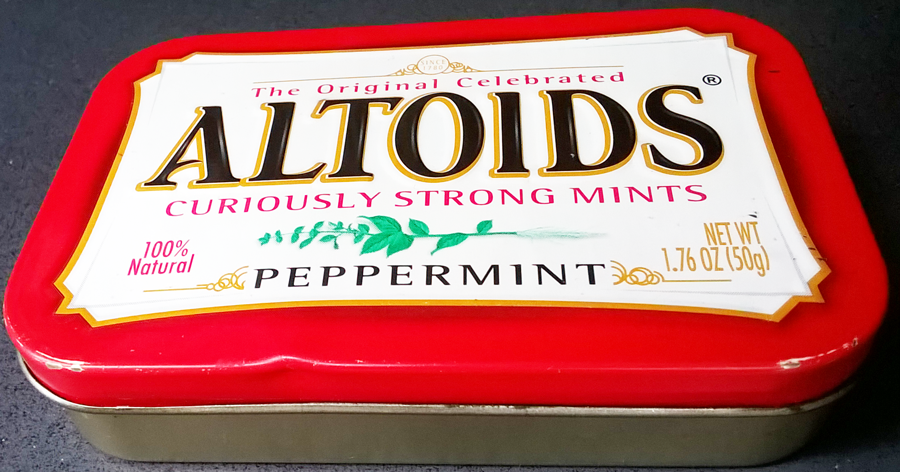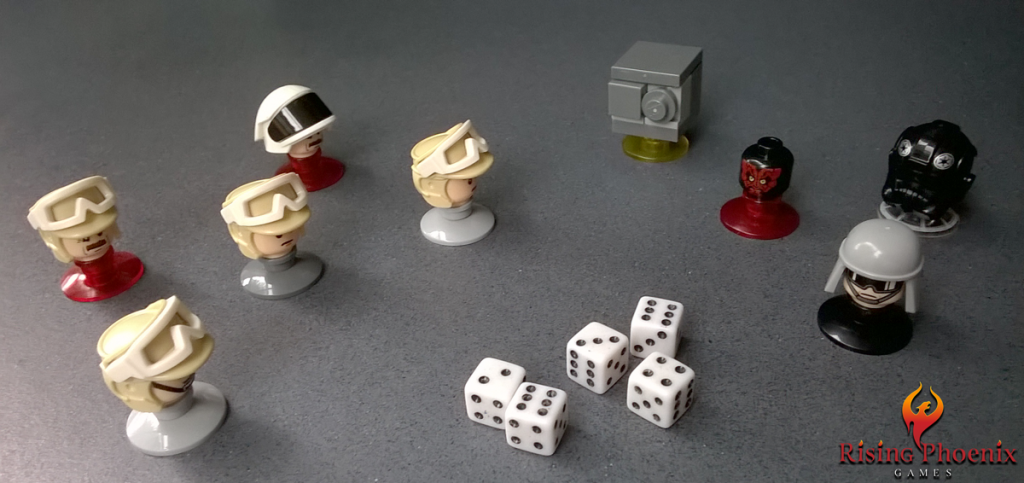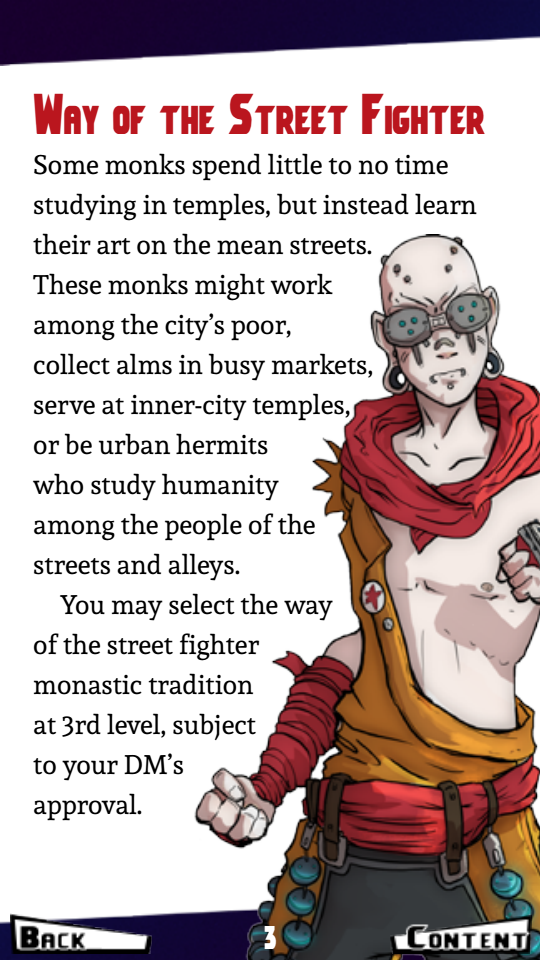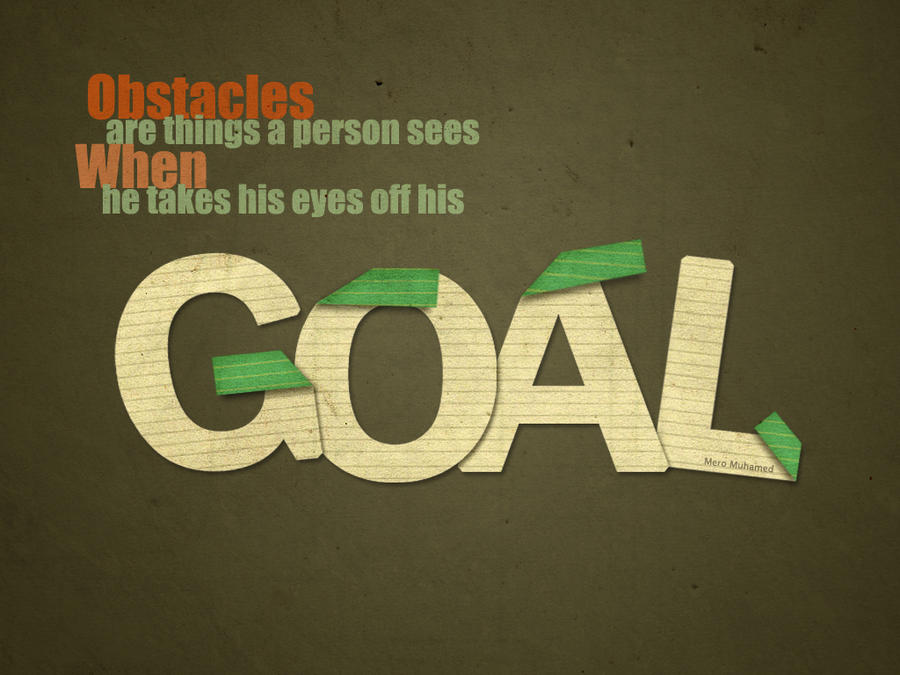Magical Life Lessons are short snippets of wisdom learned from playing Magic: the Gathering. It may be a game, but here you’ll find insights learned from slinging cards that you can apply to the game of life.
Let’s get serious for a bit. Gaming addiction is a real thing, and as we swing into the holiday season we’ve got a chance to sit back and take stock of things.
Magic Life Lesson #11: Gaming Addiction
I’ll throw my own definition of gaming addiction your way, but if you’re looking for a more formal definition, from the pros, check out GameQuitters.com’s excellent article on the signs, symptoms, and causes of gaming addiction.
To me, any addiction negatively impacts your life. If you’re lying, stealing, losing sleep, or neglecting work, then you’re probably addicted.
I often struggle to stop playing MTG Arena, saying things like “Just one more game” or “one more win.” That has caused me to lose sleep, which has a knock-on effect on everything else.
How to Combat a Gaming Addiction
I’m no medical professional, so, as a “life gamer,” I can only offer advice based on my own best judgment. Here’s what I’m doing to break my addiction.
 Set Limits
Set Limits
I play every three days, so I can nab those quests. The goal is to end when I’ve cleared the quests, or at bedtime.
Set Priorities
Because I work as a freelancer and for myself, I do a lot of work in the evening. Keeping work as a priority, to do first, has always helped me from blowing the whole evening on Magic: the Gathering. Often, MTG Arena never goes on and I go to bed with a sense of accomplishment.
Be Accountable to Someone
Let other people know you’re playing, and encourage them to pull the plug if you can’t. If they’re someone you trust, let them know about your struggles.
Be warned. Tensions can flare, because you don’t want to stop. Remember why you’ve got a cut off time. Stop while you’re ahead and while the game is still fun, and you’ll remember the old saying “Everything in moderation.”
Looking For Help?
If your concerned, you can take this short survey on GameQuitters.com. They’ve got a host of other resources too.
RPG Blog Carnival
This week’s Magical Life Lesson is brought to you by the RPG Blog Carnival, which is all about the players this month. Roleplaying can be addictive too. Be aware of the signs of a gaming addiction and seek help if you need it.
Our Christmas Sale
Our Christmas sale is now on. Use the coupon code “NOEL2019” at checkout to get 30% off your purchase from our store.
Hi there, I’m Rodney.
Writer, Game Designer, Editor, Kitbasher, Skateboarder, and Ork ‘Ed Banga. But Nothing Without Christ!


